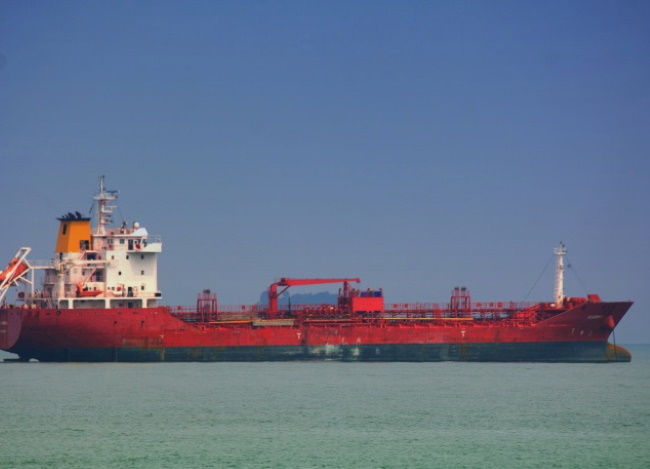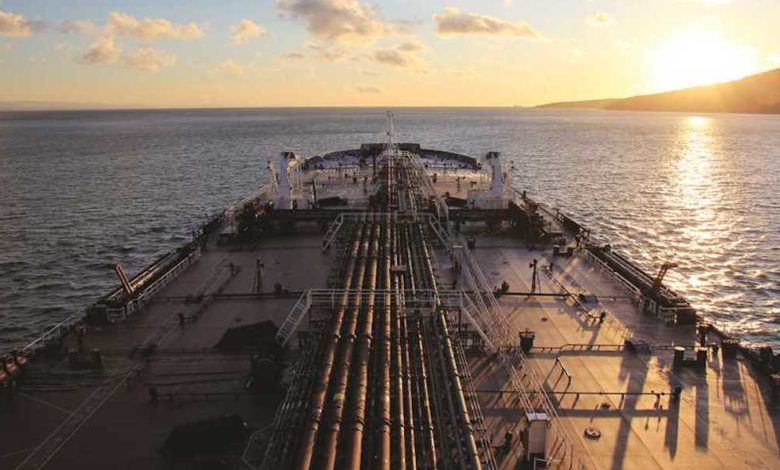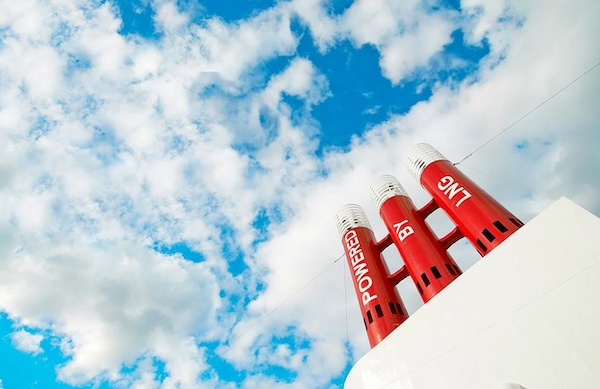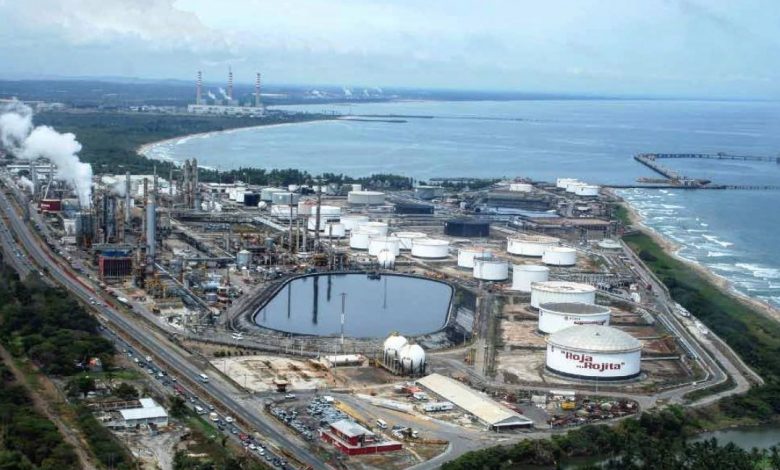Jet Fuel Comes into Contention for the Product Tanker Market
Jet fuel is being imported in larger quantities in Europe, which could help the product tanker market in the next few months. In its latest weekly report, shipbroker Gibson said that “this summer travel season has been marked by widespread flight cancellations, airport chaos and lost luggage. Amidst this disruption, the European jet fuel market is going through an interesting period given higher demand for air travel this summer. So far in 2022, ARA jet fuel prices have increased by 55%, which represents a 128% gain since March 2020 when travel demand started to fall in response to travel restrictions that saw jet fuel prices nosedive. Many were unsure if higher jet fuel prices would lead to reduced demand by travellers for air travel, it appears pent up post Covid-19 demand has been and continues to be strong enough to offset higher ticket prices for the time being”.
According to the shipbroker, “data from IATA shows that in June 2022, revenue passenger kilometres (RPKs) – an indicator of passenger demand for air travel, were up 72.6% compared to June 2021, driven by the removal of mobility restrictions. Overall air traffic is up to 70.8% of prepandemic levels, indicating that the demand recovery in air travel demand is underway, albeit with some way still to go until a full rebound. It was assumed jet fuel prices were ready for take-off this summer and would climb even further, but recent European pricing shows prices remain turbulent, having fallen 26% since Mid-June. This is being driven by robust supply side factors in the face of firm demand. Strong arbitrage trade has been pulling East of Suez and Asian jet fuel cargoes into Europe, healthy jet fuel margins and declining European jet fuel exports have all contributed to weaker prices since June”.
Gibson added that “trade flow data shows approximately 9.45 million tonnes of jet fuel has been shipped from the East of Suez to Europe since January 2022. This is due to much stronger demand fundamentals in Europe compared to producers in Asia such as China which continue to experience mobility restrictions and a weaker recovery in international air travel. At the same time, European jet fuel exports have been on a downward trend this year, with 3.1 million tonnes exported thus far in 2022. Unlike other segments of the CPP market, the reallocation of Russian trade is unlikely to have a significant impact on the global seaborne jet fuel market. Russia’s jet fuel exports are very low compared to diesel and naphtha; on average, jet fuel represents a mere 1.4% of Russian monthly CPP exports and unlikely to increase significantly, although Turkey has become a notable buyer in recent months. The bulk of jet fuel volumes to Europe will continue coming from producers such as India, the Middle East, and the Far East. This in turn will support tonne mile demand and larger product tankers heading west”.
“To conclude, Europe is importing considerably more jet fuel than it is exporting whilst higher jet fuel margins in the continent that are also incentivising production. This means greater product availability, which has put pressure on prices within the region despite the seasonally higher product demand. However, as the summer season passes, we are likely to see some rebalancing of the market as travel demand in Europe eases off and Asian demand improves as the region gradually begins to open to travel whilst the arbitrage economics become less appealing. This could reduce some of the flow from East to West, but product tankers will still be able to find support from the fact that Europe is net short in jet fuel, and this will necessitate the continued import of the demand balance from further afield”, Gibson concluded.
Nikos Roussanoglou, Hellenic Shipping News Worldwide







